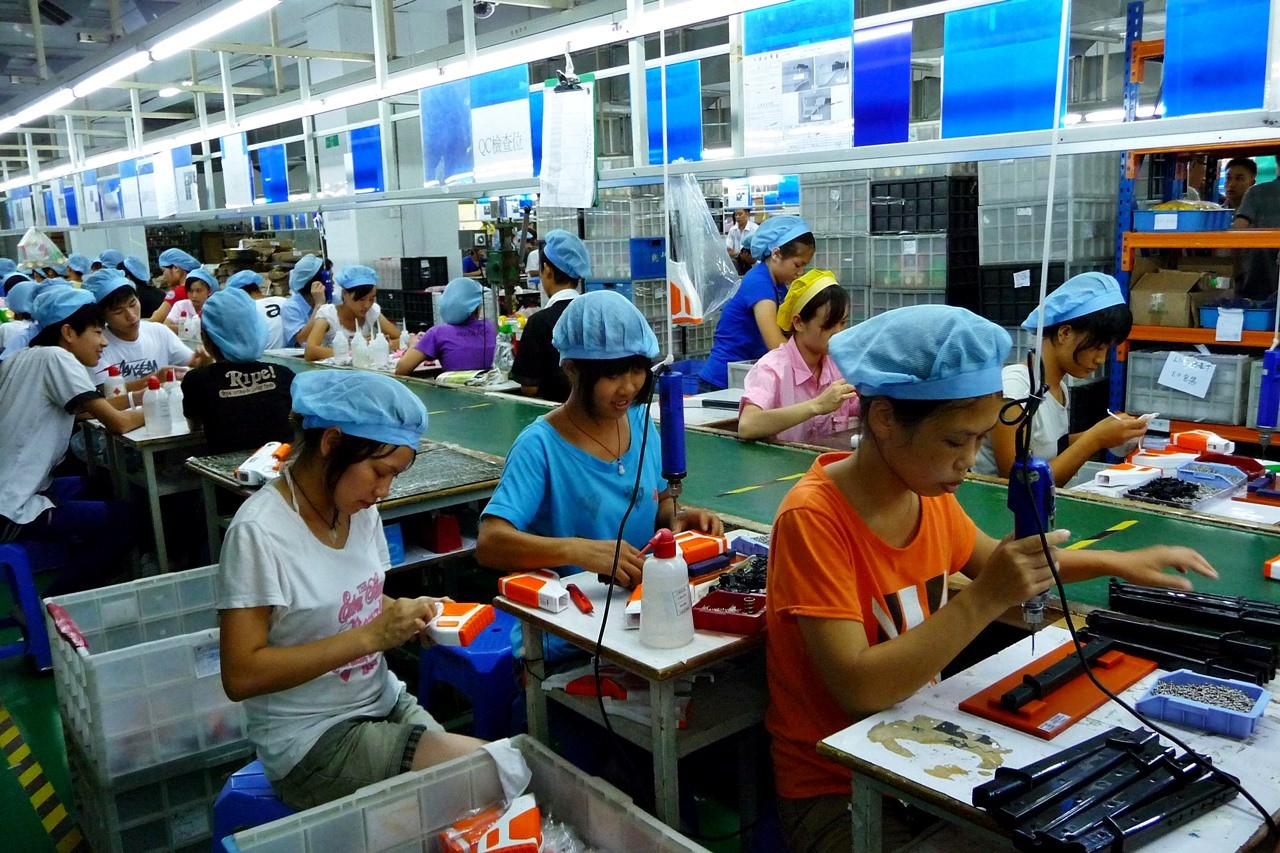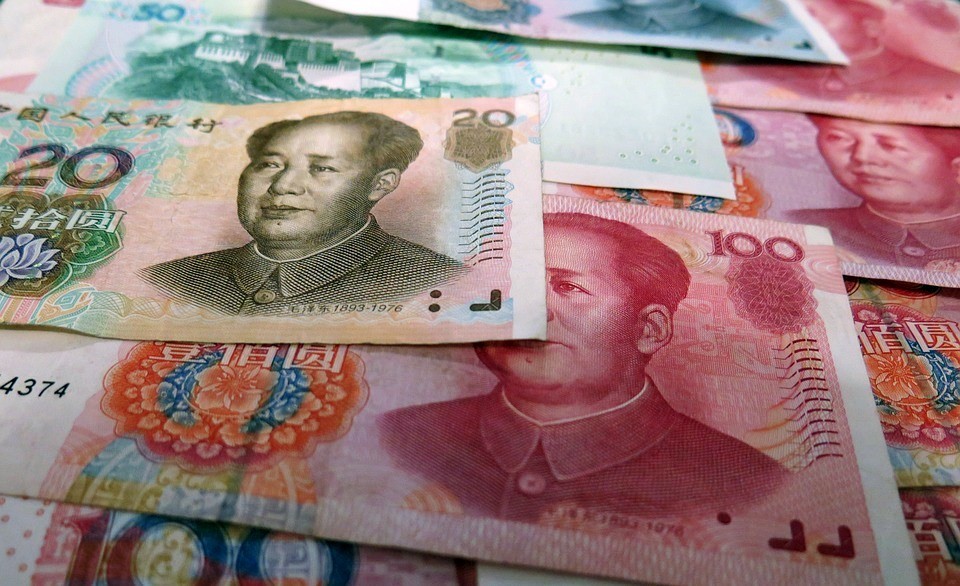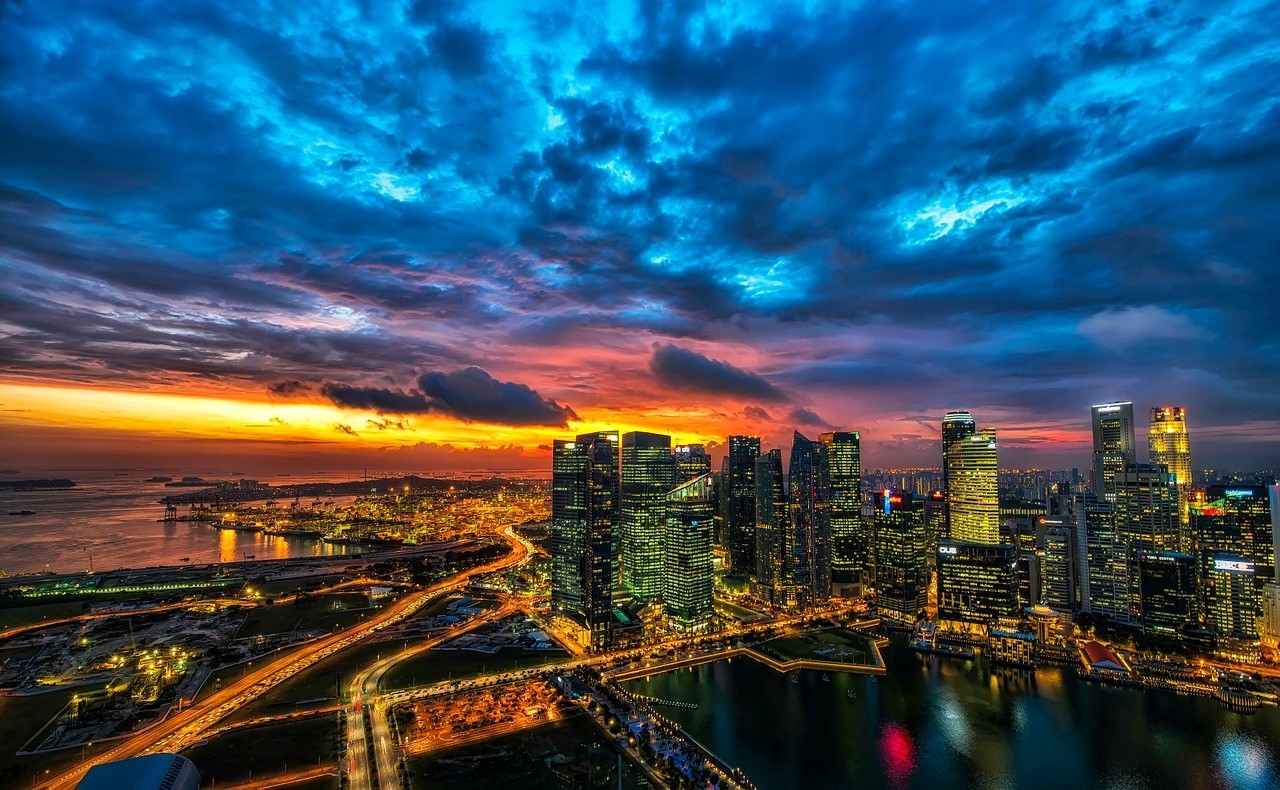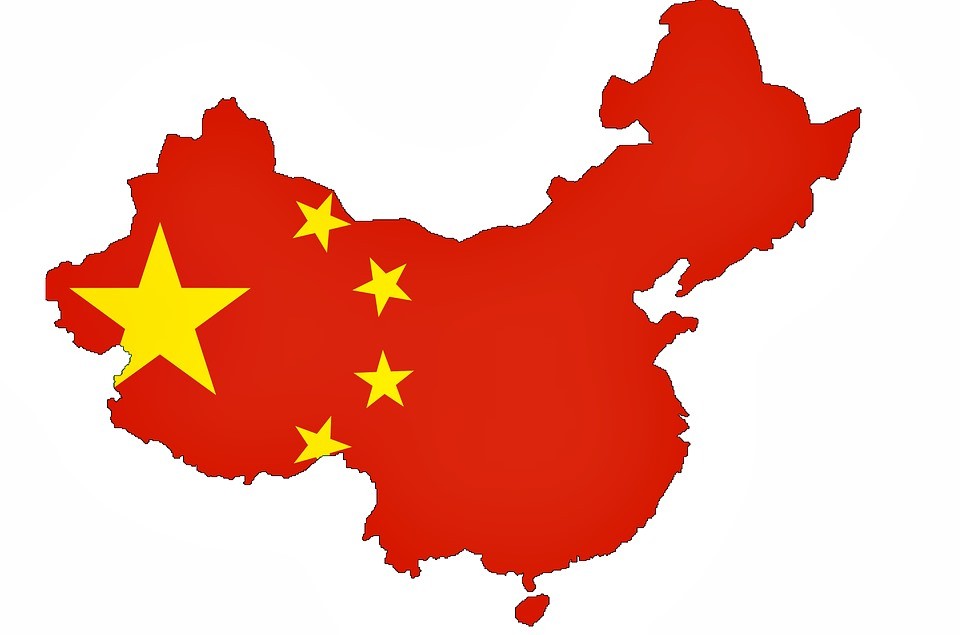Social Media
49-Mile Scenic Drive in San Francisco

San Francisco is a lovely place. Entire city is like a popular theme park. "49-Mile Scenic Drive" is the best method to enjoy all of good places in this city. This driving course is highly enjoyable for anybody with driving license. Great things about San Francisco 49-Mile Scenic Drive are that one can start from anywhere in the city. A visitor finds the signs with seagull and start to follow. Also if he does not have time anymore and want to stop following the scenic drive sign, he can leave it any time. The official starting point is, however, the front of San Francisco City Hall. 49-Miles Drive ends by returning back to the starting point.
The starting point area of 49-Miles Drive is San Francisco's cultural center. East side of the City Hall, there is Asian Culture Center whereas various Asian Cultural Exhibitions and Theatrical Art Performance are held. They were showing Japanese Traditional Kabuki Play last year. In the museum, there is Chinese Arts Exhibition permanently set. It also shows history of Asian Americans. City Hall conducts wedding ceremony. There are couples that marry in the City Hall and take pictures in the park front every weekend.
Now let us follow the sign "49-Mile Scenic Drive" with seagull illustration to drive to Japan Town as next interest area. San Francisco city area is full of one-way road as others. Geary Street in down town goes to west. Turn left at Geary Street and drive several minutes, the follower of 49-Mile Drive will begin to see Japan Town's Main Buildings, namely Kinokuniya Building, Miyako-mall, Kabuki Theater Buildings. First he will see to his right from Geary Street is Japanese Style Pagoda with 5 layer roofs.
The Japanese-Americans lived here were brought into camps in World War II, and most of them did not come back. Now not so many Japanese-American families are living here. This place is for historical monument, Japanese restaurant and souvenir shops. For Japanese and Japanese-Americans, this area is still convenient place to eat Sushi and to buy Japanese books. There are several historical monuments in this area. 2 Japanese, Chinese Characters engraved on the wall in the Pagoda square shows all the Japanese and Japanese-Americans' hope for Love and Peace. There are some shops and groups who are providing training for Japanese Dance, language, Origami, Drams, or Music. Occasionally, these groups hold a booth in Japan Town Buildings and serve tea and talk with people visiting here. They are extremely friendly. It is an excellent place to hear Japanese Accent English explaining Japanese traditions and histories.
Let us leave Japan Town, turning right at Post Street. 49-Mile Scenic Drive is now taking the follower to one of the most famous and popular place for visitors. That is Union Square. Union Square is shopping center for visitors and residents. There is Macy's on South of Square, Neiman Marcus on South West corner, and Bloomingdale on Market Street. Also, there are shops such as Chanel, Louis Vuitton, Hermes, or Gucci. There are world-class hotels nearby. They include Westin St. Francis, Grand Hyatt, Clift Hotel, Villa Florence, Marriott and so forth.
The history of Union Square is deeply related to Civil War. This park name is "Union Square" because the pro-Union Army campaigns were held here, and people noticed this square as Union Army supporting movement. In 1903, the square constructed statue of Victory commemorating Admiral George Dewey's victory of the battle of Manila Bay. This Victory monument "Victory", was modeled from the likeness of a local heiress, Alma de Bretteville Spreckels. Union Square is precisely "heart" of San Francisco. Every weekend, there are some ceremonies and events are held including Art Shows. This Square is famous for Macy's sponsored Christmas tree and Christmas Decoration. Please revisit here when Christmas time comes.
Turning the corner of Union Square, the 49-Mile Scenic Drive leads the follower to China Town. China Town in San Francisco is one of the worlds biggest in size and population. Chinese people living in China Town, San Francisco is predominantly Cantonese. Despite of Japan Town, China Town has a smell of living. Visitors can hear a baby crying, in the upstairs in souvenir shops, or fighting voices, shouting out loud, in the second floor of a restaurant. China Town makes one feel more energy than Japan Town.
In addition to sightseers, there are always Chinese people selling and buying meats, vegetables, fruits, or daily goods. A visitor can feel the power of Chinese people who spread around the world and build their own cities. Whichever city in the world one visits, he will find Chinese restaurants. There are always Chinese people living there.
Coming out of China Town, the route leads the follower up the hill and brings him to Coit Tower in Telegraph Hill. There was history when some broadcasting was made from top of this Hill. Coit Tower was built as city planning, adding another attractive architect to the city. Mural in the Tower is something a visitor must see. The mural, partly showing European living, shows lives of Native Americans. Coit Tower is not in the official 49-Mile route. This place, however, is a popular spot having an aerial view over the city. The problems are traffic jam en route to the top and difficulty in parking.
The route leads the follower to Lombard Street, the world most crooked street. The slope here was too steep to build straight road and made a road crooked like this. The road next to Lombard is so steep that it looks like a cliff diving when one tries to drive down. The visitor can make his passenger scream for fear.
Now the route is taking Leavenworth Street toward north. When the follower reached the top of the hill, he starts to see San Francisco Bay and Alcatraz Island. Fisherman's Wharf is close from here. This place is always full of sightseers. Whenever visitors come to this place, they can always find something to be interesting, funny, and new. Visitors can not visit this place without bringing a camera.
Keep going west passing Fisherman's Wharf, the follower will pass Fort Mason and reach Entrance of Presidio. Fort Mason is the city in the park, whereas Beijing Olympic Torch runner was running, instead of scheduled and announced road, due to protesting movement. Presidio Park is Navy Base historically, like the movie. Presideo Park is a forest with old but elegant looking houses. The other reason visitors like this area of Fort Mason and Presidio Park is the spectacular view of Golden Gate Bridge. There is the entrance for walkers and bicycle riders to the Golden Gate Bridge in north center of Presideo Park.
The follower will see Greek or Roman Style buildings in the foot of Golden Gate Bridge. This is Marina District. Visitors will find hands-on style science museum here called "Exploratorium". Inside of the museum, there are science projects that visitors can try themselves, and see what happens, how it happens, and why. This is an excellent place for children.
The Drive Route finally takes the follower to the beach of Pacific Ocean. In the beach, there are families to play kite, walk dog, running with small children. The visitor can take a lunch break in "Cliff House". This "Cliff House" was guesthouse for the President of US and other famous VIP's. Original Cliff House was burned down twice, and now it is a restaurant and a souvenir shop.
Now the drive takes the follower to the south part of the city. The visitor drives along the ocean side "Great America Parkway", enjoying Pacific Ocean view to his right. Passing San Francisco Zoo to his left, he drives down to Lake Merced. He may be amazed to learn that San Francisco has a lot of places to relax. This lake has amusement of boating, fishing, and rifle shooting. He can just relax his eyes as local people do.
After driving to the south side of the Lake Merced, the Scenic Drive now turns to North in Sunset Boulevard. Sunset Boulevard runs North-South and one of the main roads of West San Francisco. In South Part of the Boulevard, there is the campus of UC San Francisco. San Francisco – Bay Area residents are undoubtedly much education oriented surrounded by famous universities such as Stanford, Barkley, UCSF, UCSJ, and UC East Bay.
Now the drive brings the follower back to North part of the city. Taking Sunset Boulevard North, the visitor will drive back into the northern part of San Francisco. Sunset Boulevard will go across Lincoln and enter into Golden Gate Park. This Park may be similar to Central Park in New York or Hyde Park in London. The park is full of green trees and beautiful flowers. Golden Gate Park is residents' favorite relaxing and recreational area. There are museums, Japanese Garden, Outdoor Theater. People can enjoy events here. In the weekend, a visitor will be able to meet to the jogging people or people ride on bicycles. Driving in the park surrounded by green makes the driver feel happy. One can feel better releasing him from fears, anxieties, or angers from everyday life.
After coming out of the east gate of Golden Gate Park, the drive heads toward south again. Driving up the hill, the follower of the drive will reach residential area on the top of the hill. This is Twin Peaks. One can pull up the car at the top of the hill and enjoy the view of the central San Francisco. Driving south-east of the city along Castro Street, drive on Interstate Highway 280, the drive will take him to Business District and finally to the starting point, San Francisco Civic Center.
Social Media
The Phantom Growth of China's Ghost Cities

Bloomberg has a new video series out called "China's Ghost Cities."
The reporter, Adam Johnson, describes how the Chinese government is building massive cities that no one lives in yet. The expectation is that China is going to "grow" into these cities.
A remarkable idea, really. The authoritarian planners in Beijing or where decide it would be good if, say, a million people or more could relocate to a pre-planned area.
Then they build out the infrastructure – or rather the entire metropolis, skyscrapers, stops and all – and wait.
Stop for a moment and ponder how nutty this is. The last time your editor checked, central planning was not a huge success. According to history, bureaucrats wielding directives over long distances tend to allocate resources poorly.
But are ghost cities a recipe for a bust? Some say no. The Bloomberg reporter, for instance, assures us that China's economies are different – that is to say, "it's different this time." (Where have we heard that before …)
It is supposedly OK that these ghost cities, built for millions of refugees, have only tens of thousands of people living in them – because all that deserted square footage will eventually be put to good use.
As a bonus, building ghost cities is great for economic growth.
Via running superhighways out to the middle of nowhere, erecting steel and glass towers in the boondocks, China generates new jobs in construction, civil engineering, city planning and the like. All this construction looks fabulous on paper. The ghostly infrastructure gets counted as productive output, and the super-aggressive GDP target is maintained.
But what is wrong with that picture?
For one, there is the central planning problem. Growth and development are free market forces, with signature marks of trial and error. Successful cities are built from the ground up, not decreed by bureaucrat stamp. So how does the government know where a new metropolis should go, or what its optimal size should be?
Then you have the accounting problems. Should the promise of tomorrow be so read reflected on balance sheets today?
Imagine if a public corporation said, "We are going to grow 20% per year by building idle factories in the middle of nowhere, that no one is going to use for quite some time. will show up. We'll make a profit on them ever. Just do not ask when. "
Such a plan would be brutalized by the market, because public companies are held accountable for profits and return on investment (ROI). (At least most of the time – in bubble times investors will happily suspend their rational faculties.)
The Chinese government, of course, does not have to seek profit in its actions. Or it can measure results in some entirely non-traditional way, via "how many jobs did we create" or "how do the GDP numbers look."
At the end of the day, the "ghost city" mandate is directly channeling John Maynard Keynes, who once suggested digging holes, then filling them up again as a way to put men to work.
China is being more sophisticated. Rather than digging holes, it is putting up buildings. The effect is the same though. "Some day" the empty skyscrapers will have value – if they are not condemned as worn-out structures first – but until then they are just holes.
China bulls are not bothered by the ghost cities for at least three reasons.
First, they have convinced themselves (with more than a bit of faith) that the empty metropoli will one day (sooner rather than later) be full.
Second, they figure China has a lot of money to burn even if the ghost cities do not work out.
And third, as the old saying goes, "a rolling loan growers no loss." As long as the specialized music is playing, the property developers can keep dancing.
The trouble, as always, comes when the music stops. If China turns out to have built, say, 20 years of excess capacity by the time that happens, then hundreds of billions' worth of stagnant projects will have to be written off.
Tougher still is the idea that China's "economic miracle" is actually a heavily leveraged bet on mercantilism … propped up by runaway construction … with the tail end of the boom pushed recklessly from pie-in-the-sky projections for future growth.
That is another favorite tactic of investment manias: Along with the empire of forever skyward growth curves, mortgaging tomorrow (and borrowing against it) for the sake of today.
Even if China can write checks to cover the write-off costs of all those cities, there is a big multiple built in to the global economy right now on the assumption that China growth is the real deal. When it sinks in that much of growth is actually "ghost" or "phantom" growth – in keeping with these empty monuments to now – the collapse of that multiple could hurt.
Social Media
The Chinese Water Lantern Festival

The Chinese have designed and crafted lanterns that can float in water and glide in the air. Though sky lanterns were initially crafted as a device, to send signals, today they are used as decorative articles. Water Lanterns in Chinese festivals have its own importance.
There is an interesting story to the History of Chinese lanterns. It was believed that these lanterns, both the sky lanterns and the Water lanterns used in Chinese festivals were initially created out of necessity rather than artifacts for decorations. The Chinese have a history of inventing several new things and also leading the way in several new technologies. But, initially, the Chinese did not have access to or the knowhow to make a vital building material – Glass. Hence they did not have glass lanterns or glass windows. On the other hand, they had the skill of making paper. The paper industry in china was so advanced that it could produce paper that was very thin, to let light pass through it. They could also add beautiful colors and embellishments to the paper. Thus was born, the world’s first source of portable light – the lantern.
These lanterns were then gradually adapted to float in water and glide in the sky. Such was the skill of the Chinese craftsmen that these lanterns were used for lighting public places, homes and even battlefields. There is a story of a military strategist Zhuge Liang, having used paper lanterns to help the army march by night and attack by the day.
Over time, this battlefield beacon turned into an epitome of hope and wellbeing and festivity. The origin of the Lantern festival can be dated back to the Han Dynasty. During this time, the city is decorated with lanterns that are beautifully crafted in different shapes and sizes and then displayed with wishes or riddles written on them.
Water lanterns in Chinese festivals like the Moon Festival are a major tourist attraction. People from all over the world come to witness this event. On this day children and adults make or buy Water lanterns and write wishes on them. They then set these lanterns afloat in the water under the moonlight and watch them float away.
Water Lanterns in Chinese Festivals alongside other lanterns are used to light up the way to guide the spirit of their ancestors to come and bless them. Even today this tradition is followed, and people decorate their homes and public places to welcome their ancestors.
Health
Keemun Black Tea From China – Caffeine Content, Health Benefits, And Other Properties

Keemun is a type of Chinese black tea, originating in Qimen county of Anhui Province, China. This article gives an overview of the caffeine content, health benefits, and other properties of Keemun.
Keemun is primarily produced in Anhui province, but teas in this style have also begun to be produced in nearby Hubei, as well as in Jiangxi, and even in Taiwan. Keemun is usually described as having an earthy aroma, and its overall character is quite different from Indian and Ceylon teas. My personal perspective is that Keemun has a richer, warmer quality, often reminiscent of dried fruit, and in higher grades, a pleasing hint of wood or wood smoke. These teas are rich and full-bodied, and are among my favorite black teas.
Caffeine content:
Although you may be looking for more concrete information, it is hard to generalize about the caffeine content of Keemun. Even though it originates primarily in one region and shares certain aspects of production, Keemun is fairly diverse, coming in different grades. As a general rule though, Keemun is often in the moderate to high end of caffeine content, among teas, which means that it still has considerably less caffeine than a typical cup of coffee. Keemun has historically been used in breakfast blends, where strongly caffeinated teas were desired
Health benefits:
Keemun has actually been the subject of direct scientific study., in association with weight loss in animal studies. There is only a small amount of research referring specifically to this variety of tea, however, so most of what can be said about Keemun must be inferred from general studies about black tea.
Although green tea has a stronger association with supposed “health benefits” in the public consciousness in the United States, this association may be skewed by historical factors. Much of the early research on tea and health was conducted in Japan, where tea is synonymous with green tea. Subsequent research has found substantial evidence that black tea is healthy as well. In the absence of more reserach specifically looking at Keemun, it seems reasonable to conclude that Keemun is likely to have a similar amonut of health benefits to black tea.
Locating high-quality Keemun:
My recommendation, if you want to buy the best Keemun, is to buy exclusively loose-leaf. My experience is that the best Keemun is usually sold by companies that specialize in Chinese tea. Because they store relatively well, Chinese black teas, even those of considerably high quality, tend to be relatively inexpensive, with all but the highest grades (Keemun Hao Ya A and B, and Keemun Mao Feng) costing well under $10 for about 1/4 pound or about 100-125 grams. A few companies, including Rishi Tea, Arbor Teas, and Little Red Cup, sell fair trade certified Keemun, produced in Hubei, Anhui, and Jiangxi provinces, respectively.












